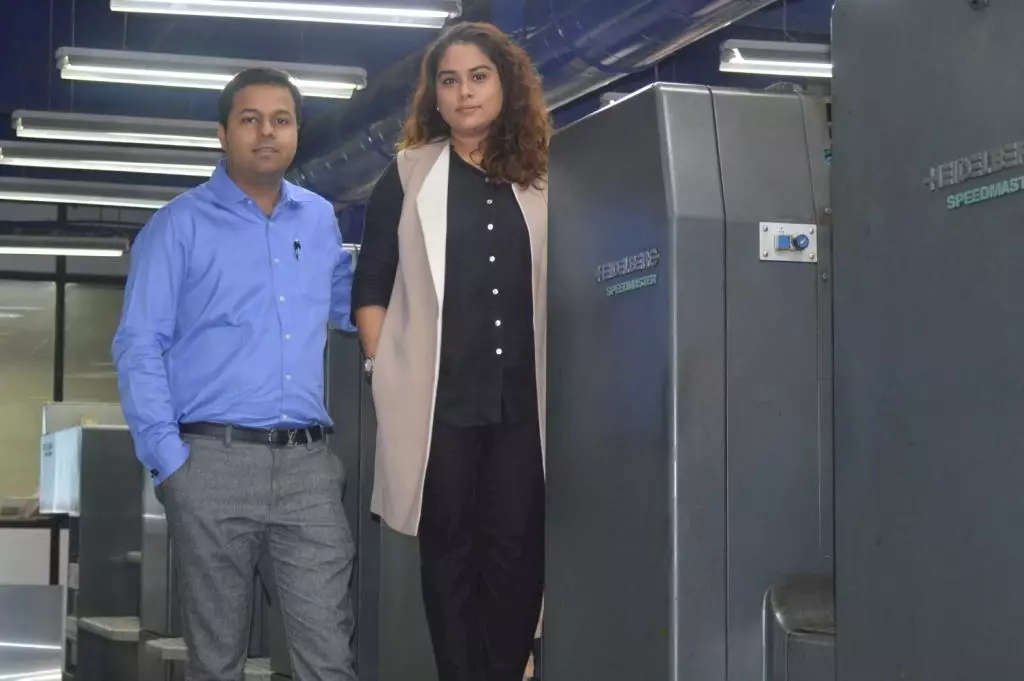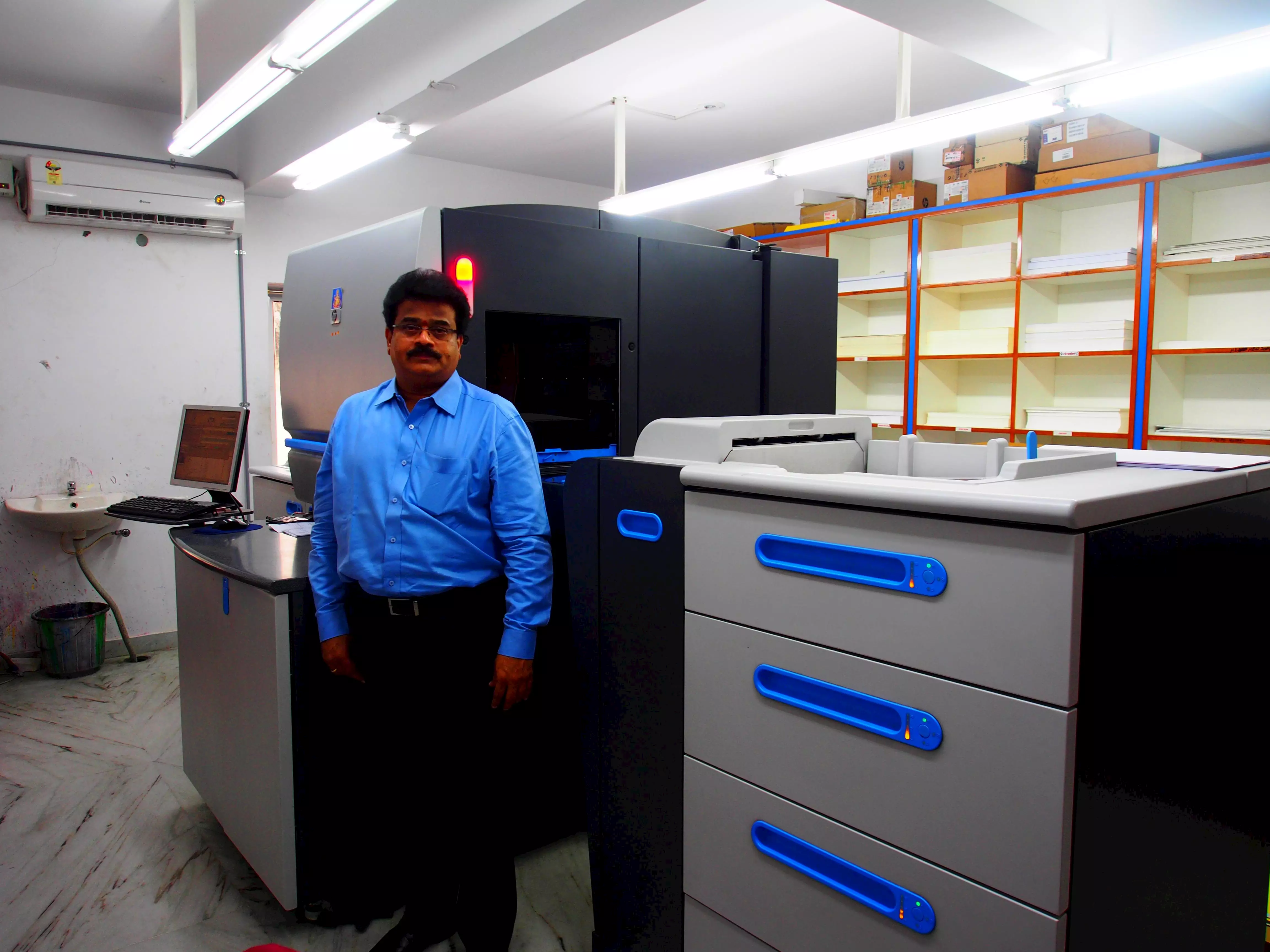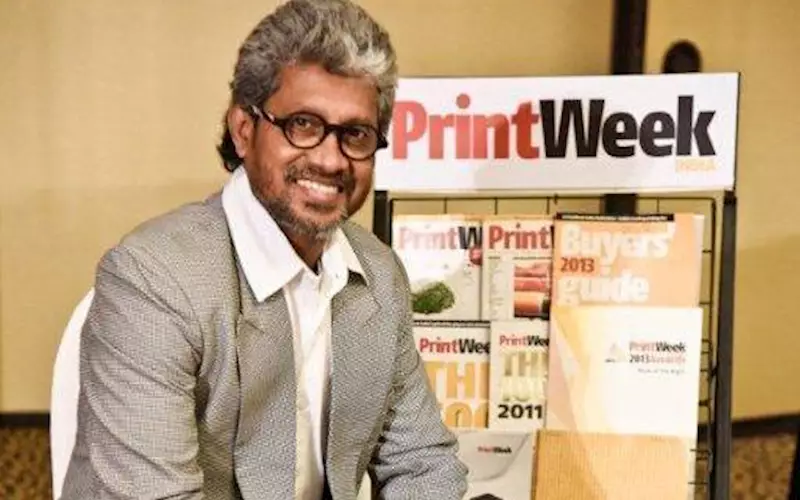It is befitting that India’s biggest print companies are investing.
From Art O Print in Gujarat to print firms in Hyderabad. Also, they are going through a print blitz to convince brands and spenders to send the rupees back to print and highlighting the influence and engagement that the medium producThe announcements in the Budget 2016 did not have the ‘big bang’ resonance of the last two years, but the government’s commitment to keeping the fiscal deficit target to 3.5% of the GDP has been encouraging. Though India’s growth has largely remained positive, the exports in the last 12-odd months are down, it can be attributed to the slowdown in global growth from 3.4% to 3.1% in 2015.
Though the focus of the Budget has been alleviating rural distress and uplifting the agrarian economy, the government’s reforms to attract Foreign Direct Investment (FDI) in the retail industry by increasing the FDI limit to 100% (from 51%) in a single brand retail is encouraging.
These measures are sure to boost the Indian print economy.
In the run-up to the Budget, PrintWeek India reported a slew of investment in print equipment.
IPP, ST Reddiar, and Narain Printers opt for Komori
Noida-based International Print O Pac (IPP) and Kochi-based ST Reddiar will install high-end Komori presses.
IPP’s Lithrone GL640-C equipped with UV-IR is optimised for packaging and special printing applications. The kit was demonstrated during the Print China show in April 2015, with the machine’s special features such as the new dryer that contribute to printing on heavy stock and high-added value printing, KHS-AI, PDC-SX (Spectral Print Density Control-SX Model) and KID (Komori Info-Service Display) in action.
ST Reddiar’s Lithrone LS 629+C UV-IR also has a similar configuration but comes in a smaller size.
Besides IPP and ST Reddiar, Noida’s Narain Printers has opted for a Komori GL 437 four-colour press, the installation of which would have been completed by now. The book printing specialist already has Heidelberg and Dominant offset presses, and several Indian-made web printing presses, but says, its production demand increased, which required induction of another press.
By the way, Komori will be present at Drupa under the theme “Open New Pages”, through connected print, giving its customer the flexibility to connect various processes to Komori’s many functions with latest technologies, like the cloud.
Heidelberg back in news

The Shaikh husband-wife duo at the helm of Nectar Prints
Madurai’s
Sree Vinayaga Screens has added India’s first Heidelberg Anicolor plus coater press, which is capable of running at a speed of 15,000iph, says the company’s managing director L Ramanathan. According to Heidelberg, compared to a press with a conventional inking unit, the benefits of Anicolor can be summed up as "90:50:50" which means that Anicolor inking unit technology results in 90% less paper waste, 50% shorter makeready times, and 50% higher productivity.
Incidentally, Parksons Packaging's third Heidelberg CX-102 six-colour press in the last two years, will be installed in April 2016. The press will be Heidelberg's 350th press in India.
HP Indigo scores with Pragati
My colleague Rushikesh Aravkar who was in Hyderabad last week, says, what Pragati achieved with HP’s Mosiac software and its own pre-press expertise has created a buzz in the world of print.
Pragati printed 10-million individualised cartons for an FMCG brand, and in the process created a world-record of printing largest variable packaging design job.
At the Open House on 26 February, Pragati’s Harsha Paruchuri showcased how brands can leverage his company's digital print capabilities for test marketing, versioning, quick promotion, and anti-counterfeiting.
 Team Pragati and Team HP at the Open House
Team Pragati and Team HP at the Open House
Pragati has also installed a seven-colour plus coater KBA UV press at its Lakdi ka Pool facility, the first sheet of which was printed on 27 February 2016. In addition, a new seven-colour Komori UV press is on its way, which once installed in March will replace a six-colour plus coater Mitsubishi UV press.
Rushikesh while in Hyderabad visited Aakruti to find out what is driving the Hyderabad-based photo book specialist to invest in the digital kit. P Madhusudan Reddy, executive director informs that the twin cities of Hyderabad and Secunderabad have equal potential as far as photo segment is concerned. “Earlier we used to serve Secunderabad photographers from Hyderabad facility. Now that we have a machine in the city, the quality and delivery speed can be enhanced. Also, we will be able to tap all the walk-in customers, which went untapped earlier.”

P Madhusudan Reddy, executive director, Aakruti Digipress with HP Indigo 5500 at Aakruti's Hyderabad facility
Pitstop’s 25 key print customers
What does Pitstop do? The software is a digital artwork quality control, editing, and production aid. It is supplied as a plug-in for Adobe Acrobat and can be used to check, verify (such as for PDF/X), report, auto-correct or convert (say RGB to CMYK) and edit the graphic and text content of PDF files. ABP, Baladhyan Press, Comart, Jagran, Jak Printers, MOS, Param Packaging, Repro India, Spectrum Scan, Uchita Graphics and Art O Print are some of the leading print houses who have deployed Pitstop Pro.
According to the Enfocus, the USP of the Pitstop Pro is its smooth interaction with the actual objects in a PDF. All you have to do is just select the objects that you want, find out the attributes and also edit them with a toolset. Besides, there are manual preflight results, letting you directly interact with the PDF to find problem elements and correct them.
A 100 for Gallus in India
Yesterday Gallus celebrated the coming of its 100th press in India. The press will be installed at Hyderabad-based Pravesha Industries in the first week of April. Tomorrow, Mudrika Labels will inaugurate its new 50,000 sq/ft plant in Vasai, 50kms north of Mumbai, which houses six Gallus presses including its newest Gallus, the ECS 340 nine-colour with screen and cold foil with complete electronics, automation and auto register control.
Ahmedabad’s Art O Print and Mehsana’s Gujarat Print Pack are other labelers who have installed a Gallus recently.
Worldwide, there are 3,000 Gallus flexo presses running.
Talking of Art O Print, I had met Biren Amin and Niral Patel during the HP Indigo event in Israel last year. They spoke of a plan to start a new division in flexo for packaging printing. With the Gallus, the company will now print pharma and cosmetic labels.
 At the HP event in Israel: Biren Amin of Art O Print, accompanied by his son, Rushil and nephew, Niral
At the HP event in Israel: Biren Amin of Art O Print, accompanied by his son, Rushil and nephew, Niral
I have also learned that Art O Print has installed a workflow inspection system, which is one-of-its-kind in India. This AVT inspection system has now become a must-report news for the PrintWeek India edit team, and I can see my colleague, Rushikesh Aravkar eager to make the trip to Ahmedabad.
Celebrating 100 PrintWeek India issues
It is by no mean the first print magazine to produce 100 issues, but what is important is that PrintWeek India has been doing so successfully without missing a deadline.
The first issue published on 16 May 2008, a little under eight years ago, seems not so long ago. The entire PrintWeek India team will be celebrating the 100th issue with quiet satisfaction.
2008 was the Drupa year, but it was also the year when it seemed the world economy was deemed to be doomed to irrelevance. India survived the scar, so did the print industry and PrintWeek India. From a 48-pager to consistent 80+ pagers, PrintWeek India has been doing what it knows is the best – explaining the print world to its readers.
They say it’s good to be elegant, better to be old. The upshot: We have changed the design of the magazine for it to look elegant, and as the Budget 2016 injects new opportunities for print’s growth, we hope to be better as we grow old.
















 See All
See All